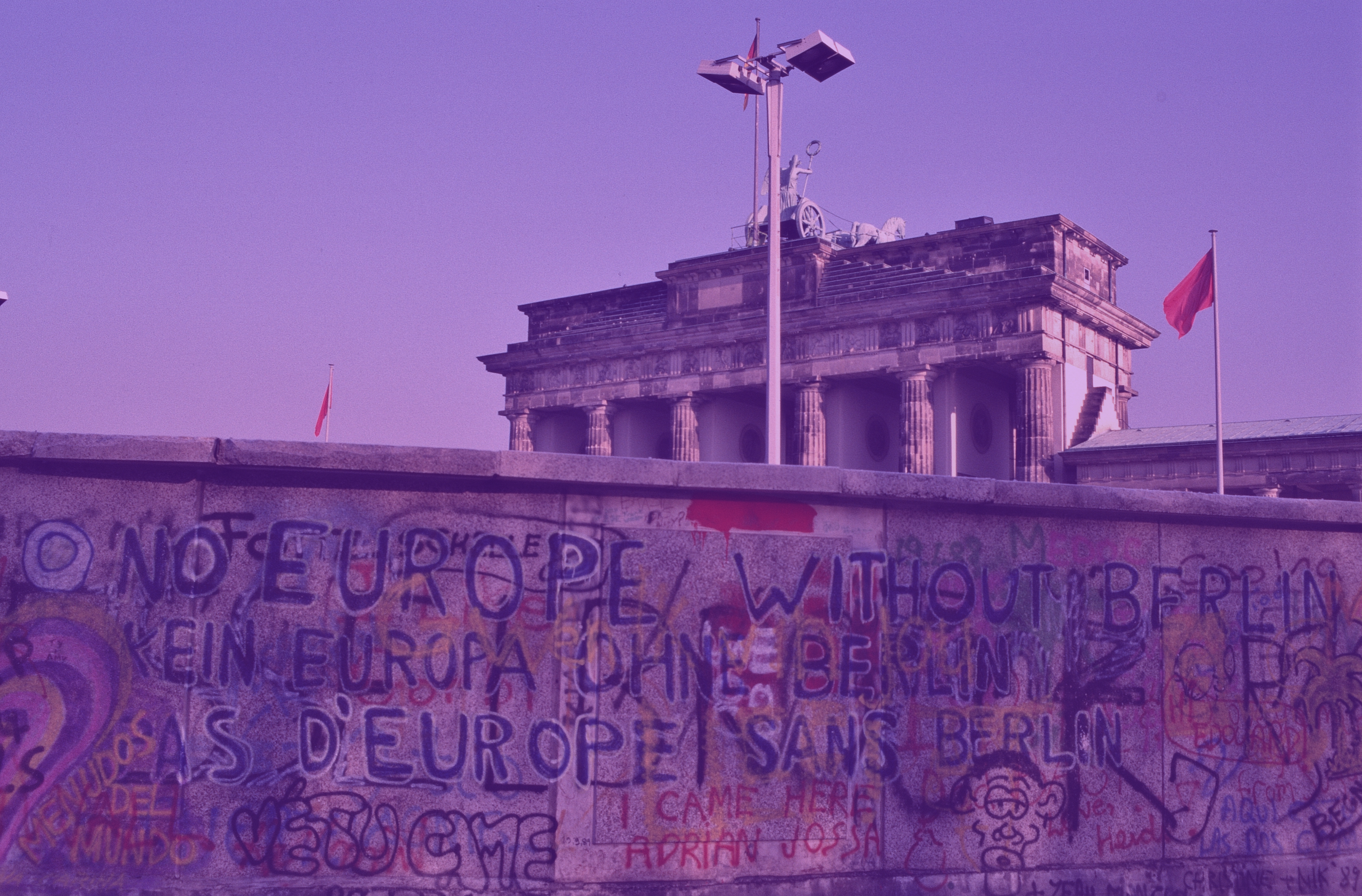Photo: “0599 1989 Berlin Mauer (28 dec) (14285486046)” by Aad van der Drift, licensed under CC BY 2.0. Hue modified from the original
Krasteva, Anna, and Antony Todorov. “From Post-Communism to Post-Democracy: The Visible and Invisible Political Transformations.” Southeastern Europe 44, no. 2 (2020): 177-207.
Abstract
The analysis starts from a key question: how many transformations did post-communism, which came as a promise and project for one transformation, actually carry out? This article is a conceptual, not an event narrative about the transformations of democratization. Its theoretical ambition is threefold. The first aim is to develop a new analytical model for the study of transformations based on the concept of ‘symbolic-ideological hegemony’ and a matrix of two pairs of indicators. The first pair reflects the intentionality of the change and examines the (non-)existence of an explicitly formulated political project as well as its (self-)designation by elites and citizens. The second pair of indicators concerns agency and covers the supply side and the demand side, the perspective and role of elites, on the one hand, and on the other hand, the perspective and role of citizens. The other ambitions of the study are to identify the key transformations in Bulgaria’s three-decade-long post-communist development – a democratic, a (national) populist, and a post-democratic one, and to analyze them in a comparative perspective.







